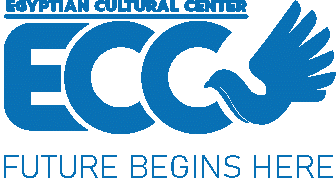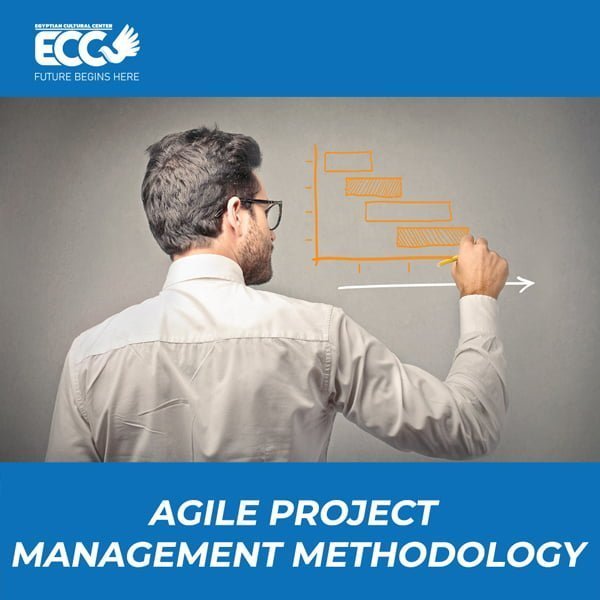The concept of project management has recently appeared in search engines due to its importance to various organizations. In an area like this, traditional methods and methodologies can’t achieve the desired results in all projects.
But what if we could use all the available material and human resources in the institution to do this, What if we could find a way to get a higher quality product, and increase the productivity and cooperation of the work team, How can the result of this be on the organization and how can the prevailing goals, principles, and values be reconciled to achieve a profitable and sustainable future If so, could that methodology be applied to all organizations, or would it be limited to specific organizations only.
Aigle methodology revolutionized the project management field, as companies before suffered from many problems in applying traditional methods, which affected their products’ productivity and quality, and this is what we will touch on during this article
What is the Agile project management methodology?
It is a new intellectual methodology for project management that includes challenges and looks at failures as learning opportunities where it focuses on the basic ideas and values to deliver valuable products through the cooperation of a self-organized multifunctional team, to create an environment that works on continuous development and improvement to get the best results
What is the difference between the waterfall methodology and the Agile methodology?
The waterfall methodology is a traditional project development methodology that follows a linear and sequential approach to project implementation. the project is divided into 7 basic non-overlapping phases, namely [requirements and planning, analysis, design, implementation, testing, system application, and maintenance], where a goal is set for each stage that must be fully achieved to move to the next stage.
Waterfall → Predictive = Traditional approach
the Agile methodology focuses on a developmental approach to projects to provide the best quality service to customers with increased predictability, adaptability, and rapid response to variables, as it includes 6 different stages, namely [analysis, design, development, selection, review, evaluation], these stages can overlap or coincide during their implementation, and it is also possible to refer to any previous stage to modify it in case of detecting any error or changing some inputs because the customer participates in all phases of development, which ultimately leads to obtaining outputs that enhance creativity and achieve compatibility between the achieved results and customer satisfaction
Aigle→ Adaptive = Value driven
Advantages of using Agile project management methodology
- flexible in carrying out the required tasks and quickly adapts to the variables that occur to develop the business
- Ensures quality in production while minimizing risks
- It allows you to design methodologies that suit your project, where you mix different methods and tools to create new frameworks that achieve the highest productivity at the lowest cost
Values of Agile project management methodology
- The working team and its interaction are more important than the tools and processes that are handled
Where an appropriate working environment must be provided to motivate the work team to achieve the desired goals, that’s why focusing on them is more important than the tools and processes that are followed to produce the desired product, the tools will not work without people who are able to handle and exploit them properly.
- Producing high-quality products that are usable is more important than documentation and routine procedures
This concept doesn’t mean that documenting things isn’t essential or that actions are unnecessary to take, but rather that we shouldn’t be preoccupied with documenting products before we make sure that the products are produced correctly and by quality standards that guarantee customer satisfaction at the end.
- Involving clients in all development phases is more crucial than negotiating and concluding contracts
The customer’s participation in every step of product development helps them to express their needs for the product they want to buy, and therefore it is possible to work on those modifications to reach customer satisfaction and thus the success of the project
- Quick response to change is more important than following the plan set at work The changes that occur in the project significantly impact the final outputs of the production process. Therefore we must follow an adaptive policy that guarantees continuous improvement and development per modern variables and thus achieve the organization’s competitive advantage.
Steps to apply the Agile project management methodology
- Make a list of your goals
After identifying all the inputs and requirements that the project needs, you should draw up a list of what is required to be implemented and the goals that you seek to achieve through the project
- Specify the expected duration of time
Agile technologies will help you determine the expected schedule for achieving previously set goals
- Set priorities
You have to figure out what needs to be done according to the set schedule, where you can put the most important tasks at the beginning to work on their implementation first and coordinate the less important ones later.
- implement
With the beginning of the implementation of the priorities you have set, you can then get feedback with each step of the development, as this will help you to make the required adjustments and thus eventually bring out the product with the required quality, cost, and on time.


